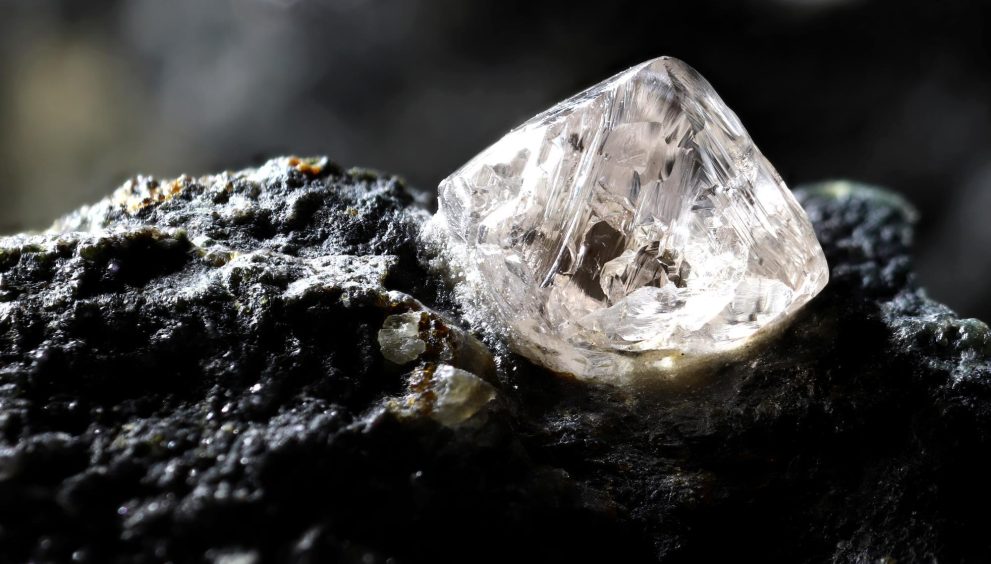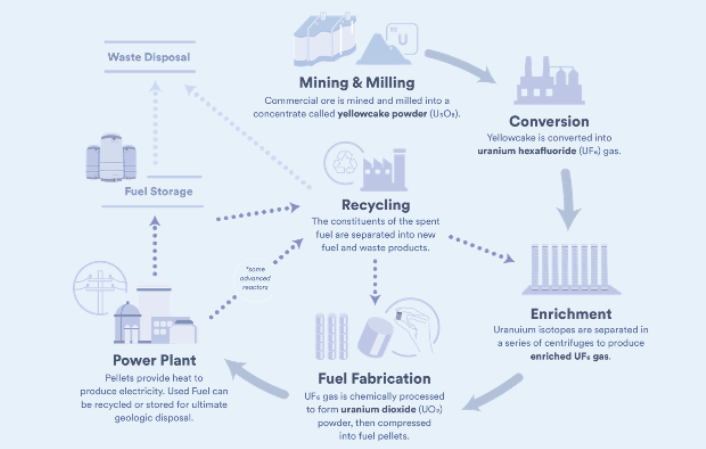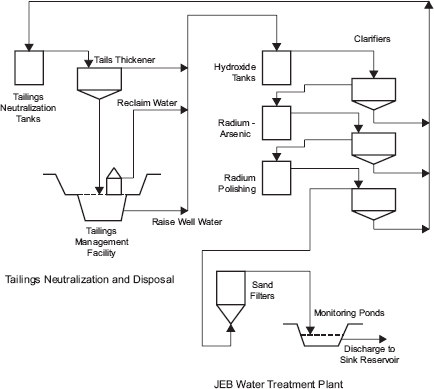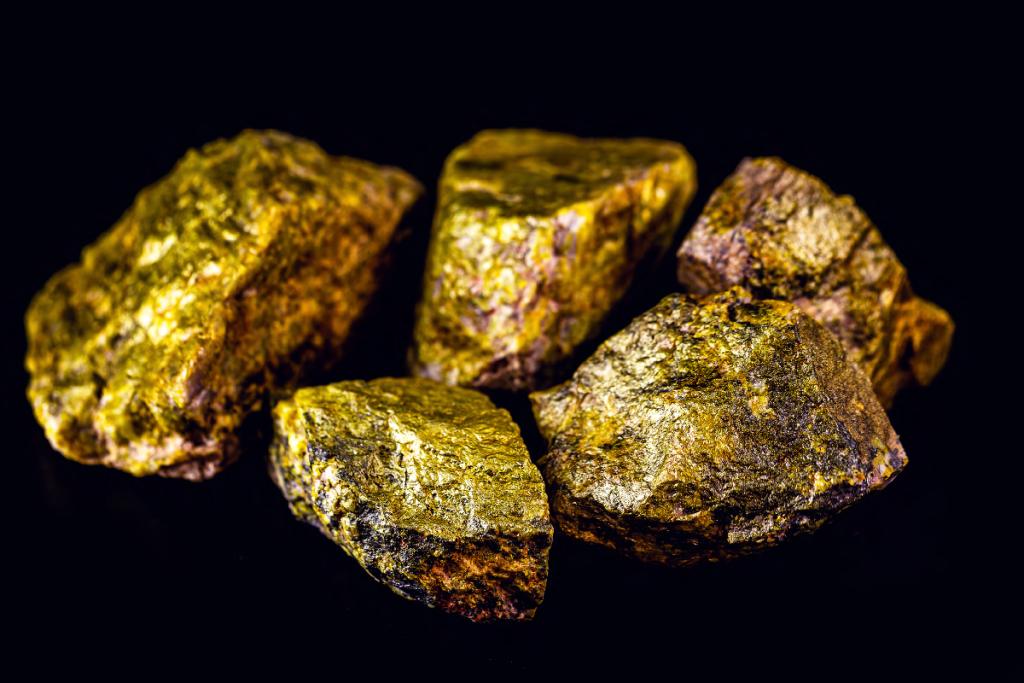Unlocking The Brilliance Of Diamond Crystals Formation

Diamond crystals are natural crystalline formations, mainly made up of carbon atoms organized in a particular framework arrangement.
Diamond crystals possess extraordinary natural forms of hardness, brilliance, and attractiveness. They are highly valued as jewels and have a wide range of industrial uses.
We can recognize this special traits and worth of diamonds when we are aware of their attributes, such as the hardness, optical qualities, and color grading.
In this article @ Zik Natural Resources, welcome to the glittering world of diamond crystals, as we uncover the formation, characteristics and how this beauty radiates light.
The Formation And Origins Of Diamond Crystals
A volcanic explosion that pushes diamond crystals towards the Earth’s surface through a structure known as a kimberlite or lamproite pipe, is the first step taken.
By acting as a natural “diamond delivery system,” the eruption advances the search for priceless jewels. The fact that the entire process, can take thousands of years is evidence of the immense forces present in nature.
It is common to find diamond crystals in South Africa, Australia, and Russia. These areas are ideal for the mining of diamonds because they have abundant kimberlite resources.
These regions provide the perfect environment for the production and preservation of diamonds, making them a veritable gold mine for investors and diamond enthusiasts.
At depths of roughly 150 kilometers (90 miles), where pressure is approximately 5 gigapascals and temperature is approximately 1200 degrees Celsius (2200 degrees Fahrenheit), diamond production begins in the continental crust.
Because they require more temperatures and increased pressure to produce, diamonds are formed at much deeper levels, beneath the oceanic crust. The diamond crystals get bigger whenever they are exposed to extreme conditions such as pressure and temperature.
Subscribe now to www.zikresources.com for more valuable content
The Characteristics Of Diamond Crystals
Because of the unique qualities that set them distinct from all other jewels, diamonds are highly valued.
- Hardness: The hardness of this precious stones is derived from the diamond’s crystal bond structure. With a precise hardness ranging from 167 to 231 gigapascals in many tests, diamond is the hardest recognized natural substance. It rates 10 on the relative Mohs mineral hardness scale.
- Optical Characteristics : Diamonds’ mesmerizing brilliance is attributed to their great dispersal of light. Refraction is the mechanism through which light bends and spreads, as it enters a diamond, producing a stunning display of colors. This produces a striking prism effect that causes a well-cut stone to catch fire.
- The color: A variety of colors to colorless, are available in diamonds. On a color scale ranging from D (colorless) to Z (light yellow or brown), the Gemological Institute of America (GIA) assigns grades to diamonds. Although diamonds, such as yellow, pink and blue , are highly required but colorless diamonds are the most sought-after and uncommon.
Subscribe to www.zikresources.com and click on Diamond Grading for more detailed content
The Different Between Natural And Synthetic Diamond Crystals
Technology has advanced recently to the extent, of the production of synthetic diamonds, with the same physical and chemical factors as natural diamonds.
- Synthetic diamonds, commonly referred to as man-made diamonds, are created using chemical vapor deposition (CVD) or high-pressure high-temperature (HPHT) processes, in carefully regulated laboratory settings.
- Although synthetic diamonds are less rare and have less historical importance than natural diamonds, they are still, more cost-effective and environmentally friendly.
- Natural diamonds are rare and treasured by many because they have a fascinating geological background and also hold sentimental value.
Subscribe to www.zikresources.com and click on Diamond for more details
In conclusion, the aesthetic value that can be produced in harsh environments and the Earth’s geological formations are both remarkably demonstrated by diamond crystals.
In the realm of jewels, diamonds shine brightly and are genuinely, nature’s treasure. Diamonds can withstand scratches and keep their shine and polish for many years because of their extraordinary toughness.
But, currently aggregated diamond nimrods, a carbon allotrope that was created in 2005, are considered to be harder than diamonds.
The decision between synthetic and natural diamonds is determined by personal taste, financial constraints, and ethical values.
So, the next time you look at a diamond crystal, consider the mysterious journey it has been on and the secrets it contains.
Contact www.zikresources.com for more information







